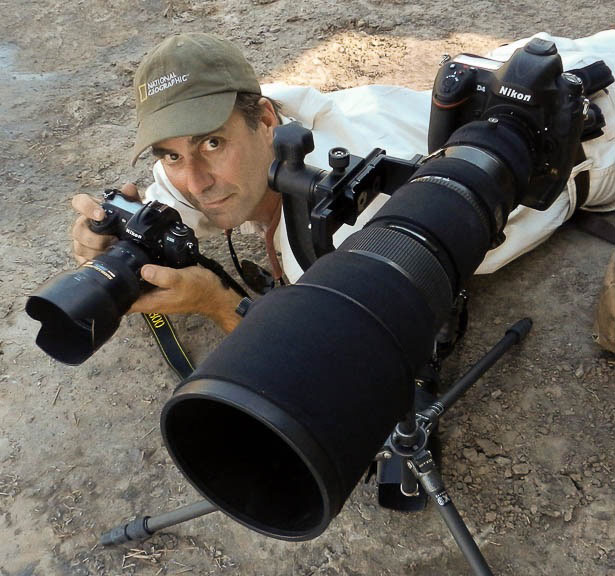 Sergio Pitamitz is a professional nature and wildlife photographer who takes a photojournalistic approach to his art. A photographer for National Geographic Creative, Sergio travels the world capturing the truth and reality of nature. We’d like to welcome Sergio to the team of Outdoor Photography Guide contributors – you can learn more about him here.
Sergio Pitamitz is a professional nature and wildlife photographer who takes a photojournalistic approach to his art. A photographer for National Geographic Creative, Sergio travels the world capturing the truth and reality of nature. We’d like to welcome Sergio to the team of Outdoor Photography Guide contributors – you can learn more about him here.
Outdoor Photography Guide: How did you get started in photography? Specifically how did you make the leap into doing it for a living?
Sergio Pitamitz: I started as a kid, taking pictures mainly in the French Riviera. I have Italian and French double citizenship, and since I was born I spent my holidays in Menton, a perfect location to photograph. At 18 years old, I was already taking sport pictures for a local newspaper and following some Formula One Gran Prix in Europe, as well as photojournalism stories for a Milan based press agency and for weekly magazines.
In the mid-90s, I went to Paris to show my portfolio to the major photo agencies and I signed with Sipa Press, at that time one of the most important in the world along with Gamma, Sygma, Black Star, and of course Magnum. I produced mainly travel stories. In 1999 I signed up with Corbis. I submitted many tourism images, and among them there were images of Africa’s countries with of course wildlife shots. My editor loved them and suggested me to push more on wildlife photography. For the past 10 years, this has been my main specialization.
Then in 2012 came the unexpected call: National Geographic Creative. Being at NatGeo means I can propose images and stories to the different departments like NG books, NG Kids, and the Natgeo.com website. The legendary photographers of whom I read dozens of books are now colleagues, some of them are friends. It’s a big family. A dream came true! So, looking back at my career, I didn’t jump into this job, I slowly walked in…
OPG: Do you have any formal training in photography?
SP: Formal, no. I’m self-taught. But I worked as an assistant for commercial studio photographers. I learned a lot about composition, which in studio photography is a really slow process looking at every small detail, and of course the flash technique that I now use in my camera trap shots. I can say that my most important training for my actual position as a wildlife photographer and storyteller has been the years spent as a photojournalist for newspapers and weekly magazines.
OPG: You’ve traveled to some amazing places – do you have a favorite location?
SP: Yes, I’ve been lucky to travel in more than 70 countries. I enjoyed almost all of them, but I feel at home when I go to Botswana and Maasai Mara.
OPG: What subjects do you enjoy shooting most?
SP: I specialize in wildlife, so no doubt: the big cats! Leopards, lions, cheetah, jaguars, tigers – I love them! There is action and interesting behavior; they are beautiful subjects. Who can ask for anything more?
OPG: What’s in your camera bag?
SP: I shot with Nikon gear since the beginning. Right now I use mainly D4 and D500 bodies and a D7100 for my camera trap system. I still have the old good D300 and D700 which I use in camera traps if I set up more than one, or for remote triggered shots. Then many lenses: Nikon 14mm f/2.8, Nikon 12-24mm, Nikon 18-35mm, Nikon 17-55, Nikon 24-120, Nikon 70-200, and the big and heavy guys, the Nikon 200-400mm f/4 and Nikon 500mm f/4, sometimes with a Nikon TC-14E II teleconverter. Then flashes, sensors, flash triggers, and a special made box for my camera trap. I use Gitzo and Manfrotto tripods with a Manfrotto ball head and a Jobu Design gimbal head. I don’t use many filters, just a polarizer and graduated neutral density.
OPG: What’s your favorite lens and why?
SP: I do not have a favorite lens, there is only the one I use the most, the Nikon 200-400mm. A perfect tool for wildlife.
OPG: How important is post-processing to your photography?
SP: I shot RAW only, so they must be processed, but I do only the basics. Exposure, contrast, curves, vibrance, noise reduction, spot cleaning – nothing more. My images are licensed to a wide range of clients, so sharpening is applied by them, depending on the kind of paper used. I do not spend more than a couple of minutes per file. All my workflow – ingestion, editing, post-processing, captioning, output – is done in Lightroom. I never add or remove elements. My kind of photography must reflect reality, as expected from a photographer working with the most important institution in the world of photojournalism. If I modify something, I write it in the caption. Same if an image has been taken in captivity. I’m not against strong post-processing – there are many beautiful images out there – but in my opinion it is a form of art. I do documentary photography, I grew up as a photojournalist – truth is important.
OPG: What is it about photography that drew you to it as a creative medium?
SP: Showing an event, a place, a landscape, a behavior to the readers. Capturing a moment, this split second that Henry Cartier-Bresson called “the decisive moment” – the title of his masterpiece book that everyone should read – makes an image unique by its own nature.
OPG: What is the goal of your work? What do you aim to convey with your images?
SP: The power of photography is enormous. As a photojournalist, I think we must use this power to show the people the beauty of our planet which is changing really fast and dramatically. I’m involved in conservation, giving my help to save the big cats which are rapidly disappearing. People think that in India tigers are everywhere. Unfortunately they are not. I went to India the first time in May and I was shocked how difficult it is to see them. Now there are about 3,500 living in the wild in the whole of Asia; a hundred years ago it is estimated there were as many as 100,000. Leopards, cheetah, lions, and jaguars are not doing much better. Habitat loss, hunting, poaching, and conflicts with humans are the problems. Losing those magnificent predators would create a tremendous impact at the whole ecosystem. I’m doing my part raising funds for National Geographic’s Big Cats Initiative during my exhibitions and events, and with my upcoming book “Wild Africa” of which a portion of the revenues will be donated.
OPG: Why nature photography?
SP: Easy answer: I love the wilderness, the nature, and the wildlife! I would describe myself as a wildlife and wild places photographer.
OPG: If you could describe your photographic style in one sentence, what would that be?
SP: Documentary.
OPG: What motivates you to teach others about photography?
SP: At the early stage of my career I had the help of some good photographers. Now it’s up to me to share my experience as a professional photographer. I would love to give my two cents to help a new generation of photographers. More than pure advanced technique, I teach how and why I shot a given image, how to make a story in images, and how to edit down the number of images to present a story composed of a few dozen strong images that tell a story. It looks more for advanced photographers, but it’s not. It can also help beginners. I lead small groups so I can follow up with my guests on an individual basis if needed. I teach the basics, then I push them to find their own style and vision. One of my guests told me that for the first time family and friends didn’t get bored to watch a slideshow, usually composed of hundreds of images! Another guest who participated in one of my tours in Brazil told me: “Thanks! I learned a lot and I came back with my dream photo.” Those are satisfying to me.
OPG: What advice would you give to someone just starting out in photography, or just starting to develop their eye?
SP: Follow your passion; take images of what you love. You must show love in your images. Then shoot, shoot, shoot! Make mistakes and learn from them; find new angles. The really expensive film era is done, now you don’t waste money when experimenting. But always keep in mind to think before pressing the shutter.
OPG: Where are you planning to go next?
SP: Botswana, Falkland Islands, Kenya, Chile for the puma, India for tigers, Svalbard for the polar bear, Brazil for the jaguar, Antarctica for the Emperor penguin. I’ll be leading photo tours, traveling for magazine assignments, and producing new images for NatGeo Creative. I will keep you updated!
To see more of Sergio’s work and upcoming tour schedule, visit his website at www.pitamitz.com.
To stay up to date on all of Sergio’s adventures, follow him on social media:
Facebook: Sergio Pitamitz
Instagram: @pitamitz
Have something to add to the story? Leave a comment or email editor@outdoorphotographyguide.com.
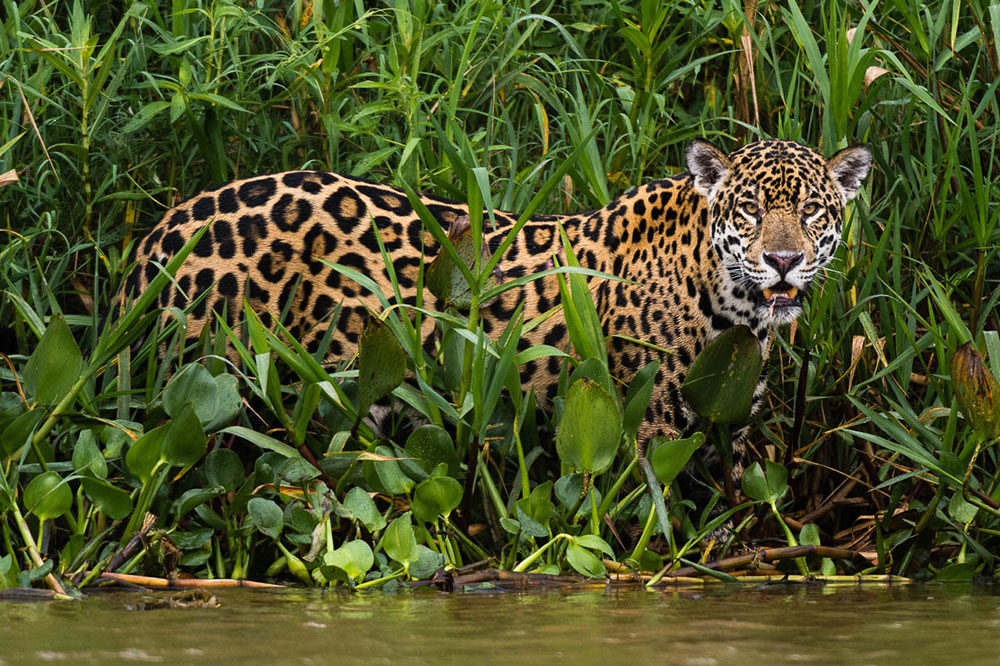

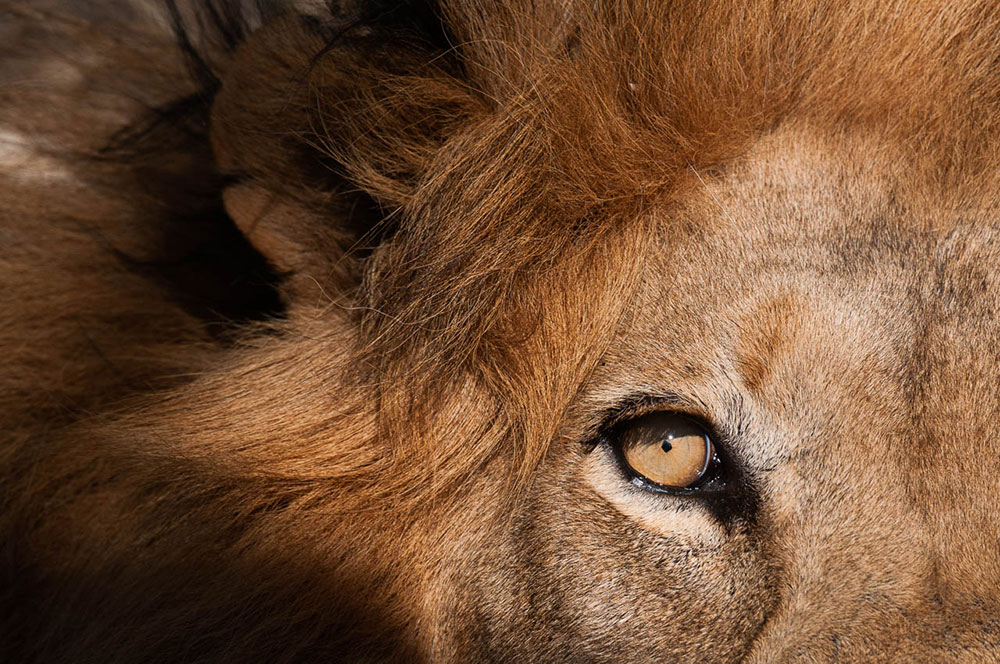
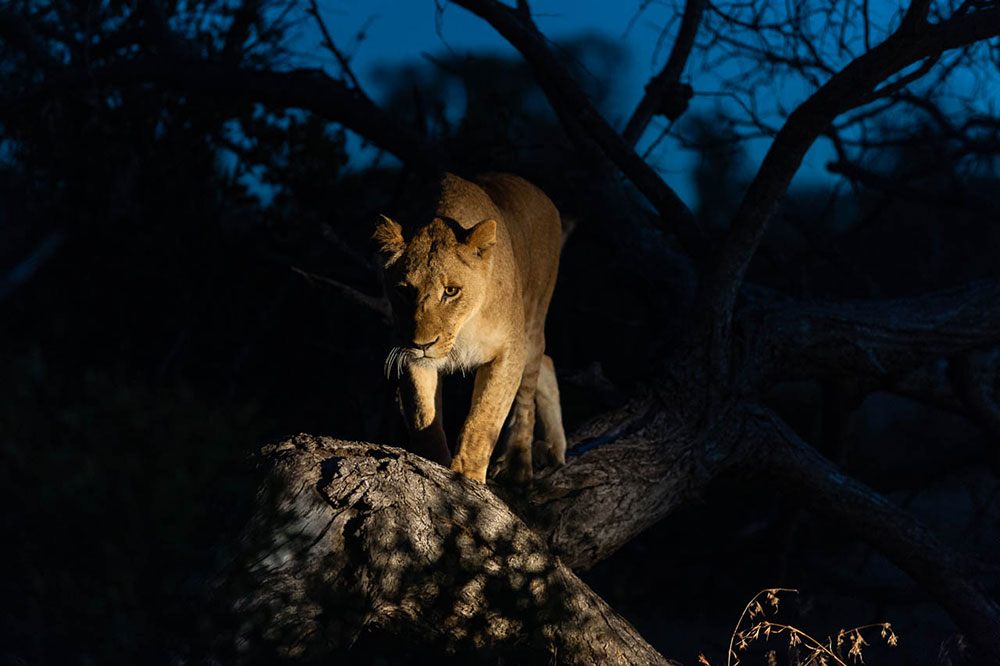


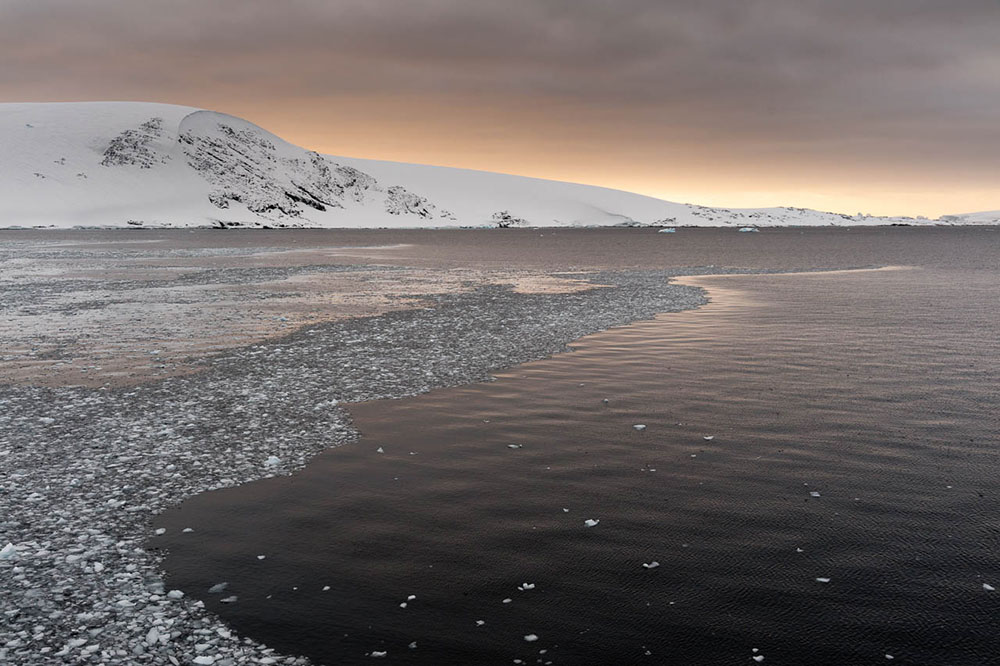
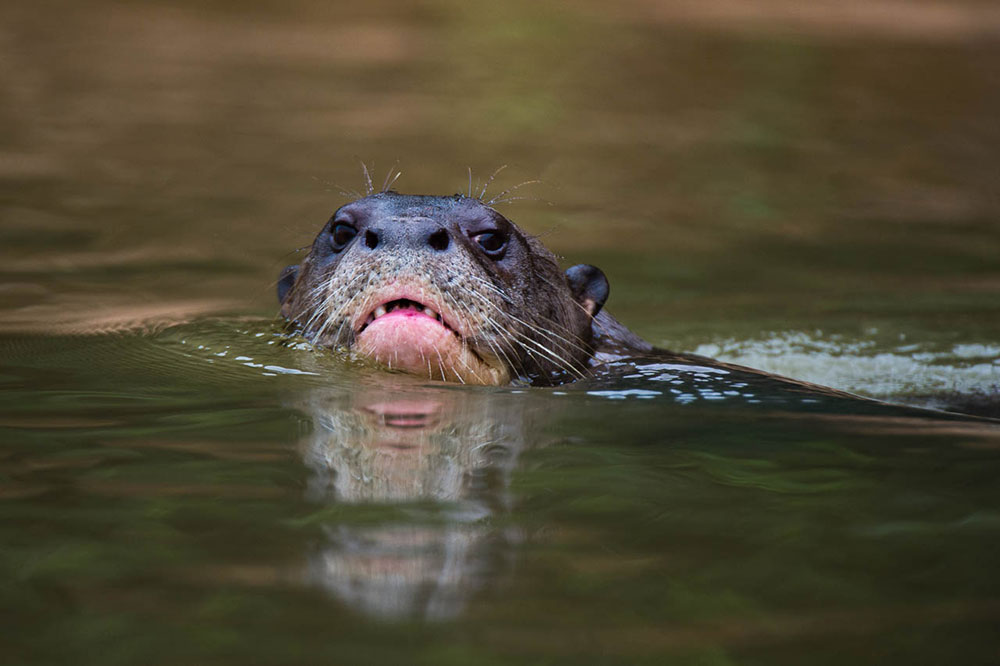


Solo felicitar al Sr. Sergio Pitamitz, y decirle que aquí en Hermosillo, Sonora; México. Hay lugares excelentes de desierto y mar, y Montaña. Si se quiere dar una vuelta por acá , aquí lo atendemos, lo felicito nuevamente por su trabajo.